This picture shows what an artist thinks Stardust might look like flying by Comet Wild 2.
Click on image for full size
Image courtesy NASA/JPL.
The Stardust mission to a comet
Stardust is the name of a space mission that studied a comet.
Stardust flew very close to the comet in January 2004. It took some very
good pictures of the nucleus of the comet.
It also grabbed some dust particles from the comet. The dust particles
were floating in space near the comet.
The comet Stardust flew by is named Comet
Wild 2.
Stardust carried a strange material called aerogel. Aerogel
is very light and fluffy. The aerogel was used to capture the dust from
the comet. The dust was moving very, very fast when Stardust flew by
the comet. The dust was going about 22,000 kilometers (14,000 miles)
per hour! The fluffy aerogel was able to slow down the fast dust grains
without destroying them.
Stardust brought
the comet dust back to Earth in January 2006. Scientists
are studying the comet dust. It will help them understand what comets
are made of. Many comets are very old. They were "born" when our Solar
System was very young. Studying comets may help us learn about the early
days of our Solar System.
Scientists have studied some of the comet dust already. They were surprised by what they found. They found some minerals that form in hot places. But comets are big balls of ice. How did minerals from hot places end up on an icy comet? The minerals formed near the Sun. Astronomers have a puzzle on their hands now!
You might also be interested in:
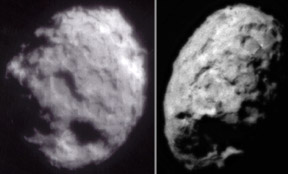
The pictures on this page show the nucleus of a comet. These are the best pictures ever made of the nucleus of a comet. The nucleus of a comet is a big lump of ice and dust. This one is about five kilometers
...more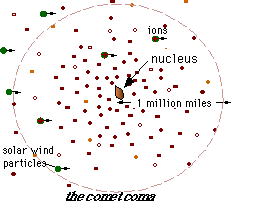
As the ices of the comet nucleus evaporate, they expand into a large cloud around the middle part of the comet. This cloud, called the coma, is the atmosphere of the comet. It can extend for millions of
...more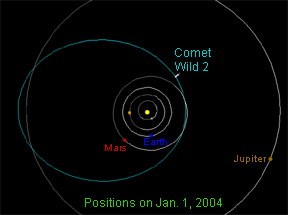
Comet Wild 2 is named after the scientist who discovered it. Paul Wild is an astronomer from Switzerland who discovered the comet in January 1978. Wild 2 is pronounced "Vilt 2". It takes the comet a little
...more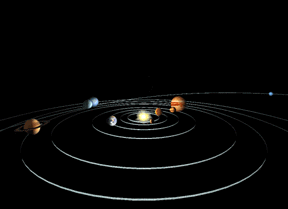
Scientists believe that the solar system was formed when a cloud of gas and dust in space was disturbed, maybe by the expl osion of a nearby star (called a supernova). This explosion made waves in space
...more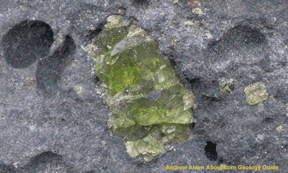
The mineral that is green is called olivine! Look for it in igneous and metamorphic rocks. In this picture, olivine is filling a hole in the igneous rock.
...more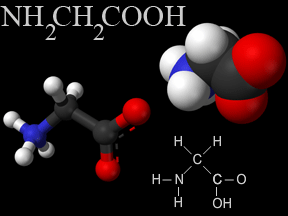
Scientists have found a type of amino acid in a sample returned from a comet. Amino acids are the building-blocks of proteins. Proteins are one of the most important types of molecules in living creatures.
...more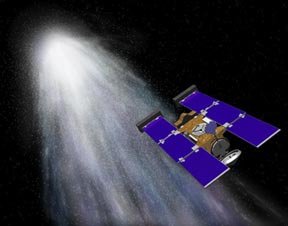
Stardust is the name of a space mission that studied a comet. Stardust flew very close to the comet in January 2004. It took some very good pictures of the nucleus of the comet. It also grabbed some dust
...more














